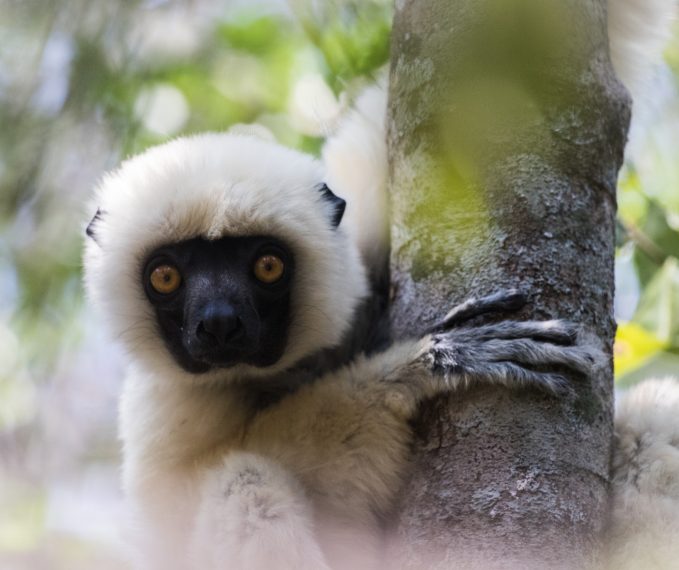
Our time in Madagascar featured one of the island’s unique creatures, the lemur. Actually its lemurs because there are 5 families of lemurs (we saw all 5) and up to 50 species. While Lemurs with their tails and tree dwelling behavior look like they should be related to monkeys, they are not. They are a unique family, descending from a unknown animal that floated over from Africa after Madagascar split from the continent many millions of years ago.
Two of the most interesting are then Indri and the Aye-Aye. The Indri is one of the largest living lemurs, and its haunting call is hard to forget.
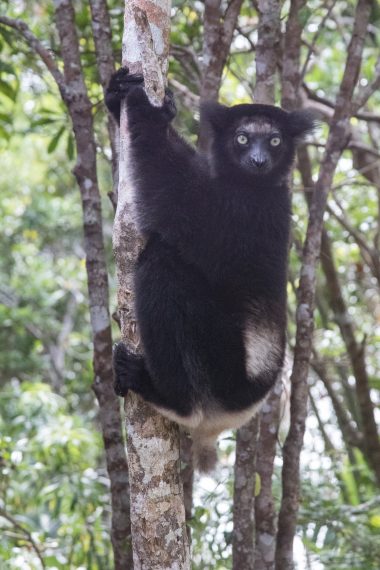
The other is the smaller Aye-Aye. Though only 16 inches tall, it is the largest nocturnal primate in Madagascar. It is endangered as many locals believe seeing one is bad luck. It has the strangest hands as its middle finger is flesh free and used to open coconuts and dig insects out of trees.
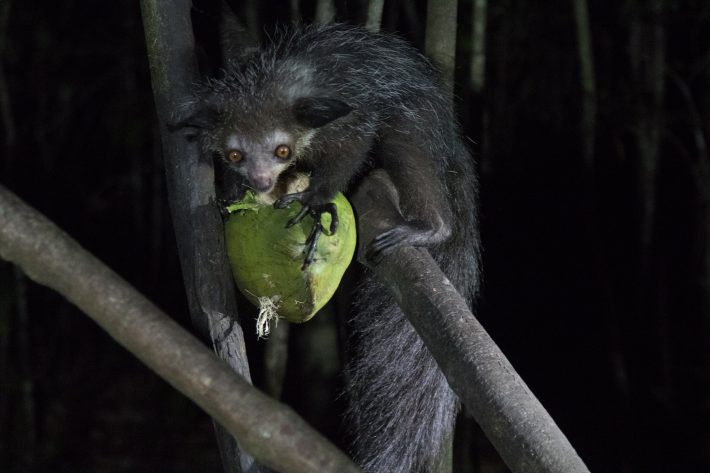
Many of Madagascar’s lemurs are habituated to humans and we were able to get close to them
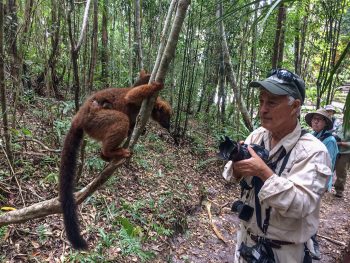
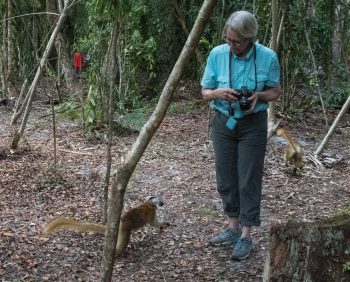
All lemurs except the Indri have long, furry tails, which help the animals to keep their balance as they leap from tree to tree. Though lemurs can’t use their tails to hang from branches the way some monkeys can, tails can serve other functions
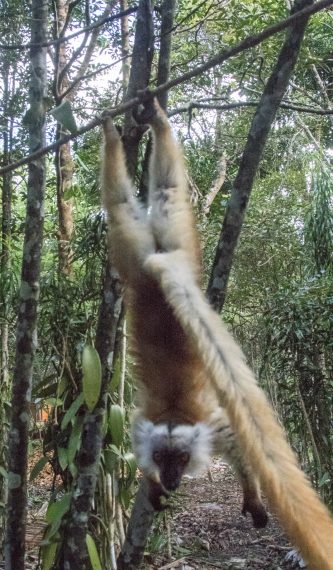
The Ring-tail’s striking appendage, with its 13 light-and-dark bands, is sometimes waved like a flag, helping troop-mates to see each other.
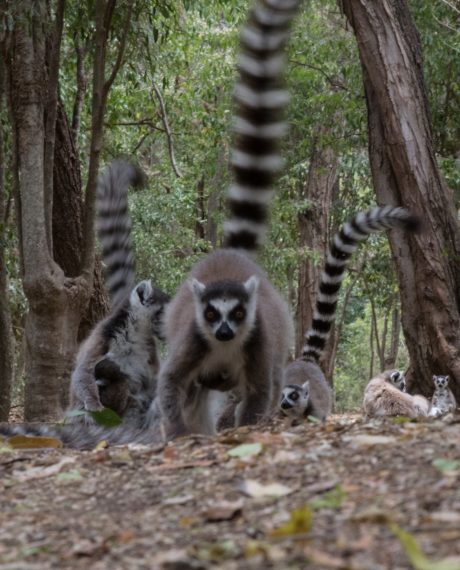
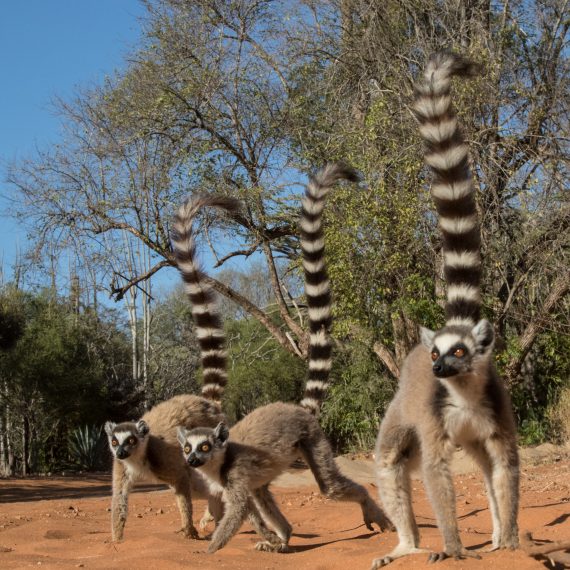
Another stiking feature of the lemurs are their eyes.
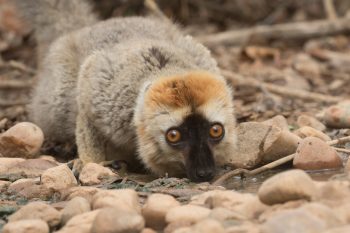
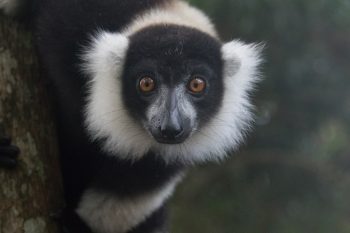
Of course no trip to Madagascar can be complete without the dance of the sikafas.


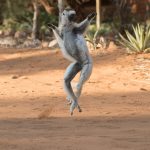
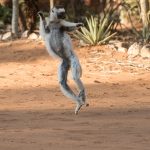
Besides the lemurs we saw other wildlife like these chameleons
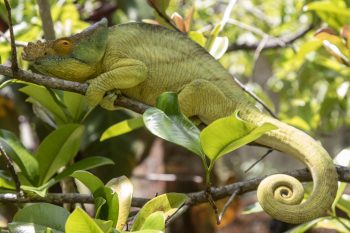
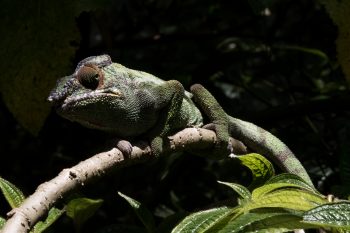
And of course there are the Baobab trees
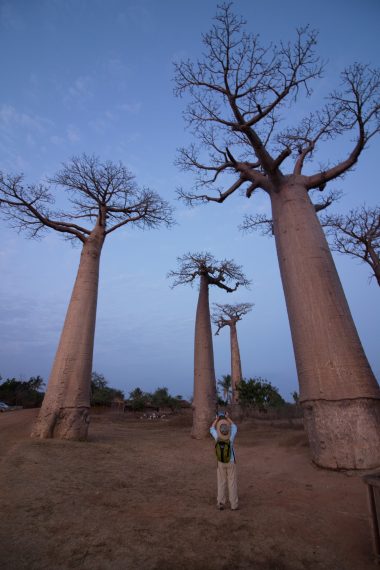

The wonder of the lemurs was almost offset by the rigors of traveling in Madagascar. Some of our trials are shown in our next post Lemurs vs the Travel Gods